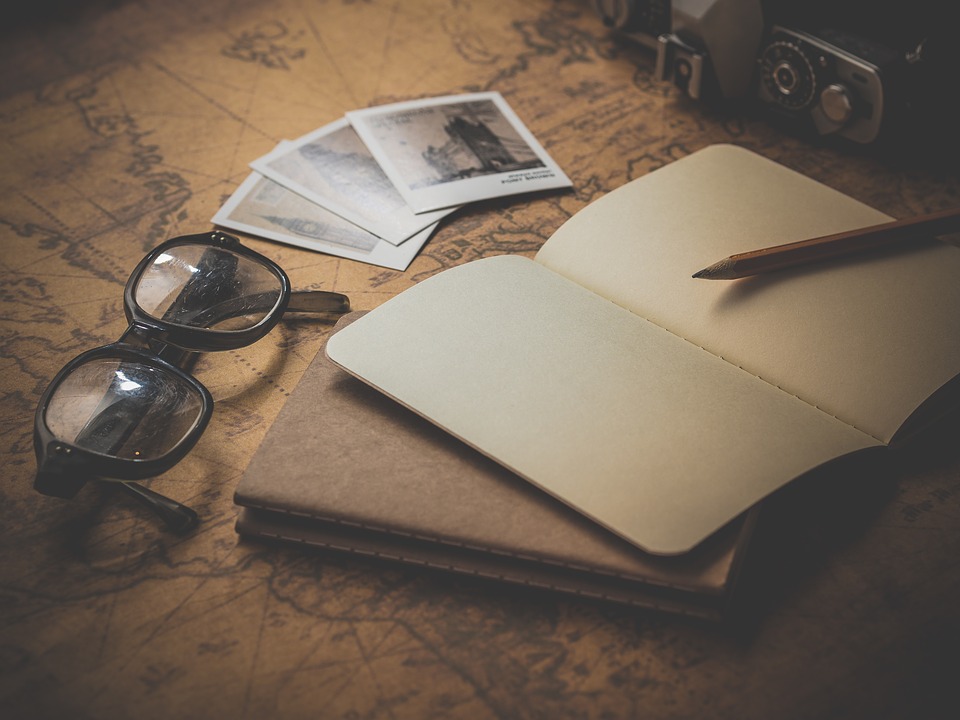
If your soul is part human, part wanderer, and you live out of a half-packed duffel on most days, you may just have what it takes to venture out there and chronicle your journey. But know this: travel writing (or blogging) isn’t all fun and games. It’s also a four-letter word: WORK.
I have been a travel writer for the better part of a decade and a half, and this has taken me on exciting adventures and awkward misadventures, alike – and I cherish every moment; some, more than others, TBH.
From me, to you, here are some tried-and-tested tips to telling tantalizing tales of travel. And, because I happen to love anything alliterative, there are 3 P’s to any successful sojourn: PREPARATION, PROCESS, PRODUCT:
PREPARE for your trip
Chart it out – have some form of an itinerary, no matter how loosely put together. Know the basics of the place you are visiting: Climate, Culture and Character (what makes the place unique), Characters (the locals of the place), Currency, and Chow. These are important aspects to enjoying your adventure, and to discovering nuggets and gems that you wish to share with your readers. The Internet is your friend – use it to your advantage and research, prior to your trip.
Pack properly! While I know how important it is in this day and age of blogging and vlogging to have 10 well put-together, Instagram- and Snapchat-worthy matching outfits from sunrise to sunset, bear in mind that sanity should trump vanity. YOU will be lugging your gear around – unless, of course, you have your yaya or your posse with you – so take only what YOU can handle.
Get all your travel documents in order. Make calls, if you have to, to find out visa requirements, etcetera, well in advance of your trip. Nothing will harsh your vibe more than being denied exit from the country or entry into another.
The PROCESS refers to what you do, while at your destination
Be inquisitive and curious. When in doubt, ASK. When you think you know, ASK ANYWAY.Immerse yourself in the local culture, as much as you can. Some great ways to do this:
- Talk to the locals; MINGLE!
- Visit the local market
- Visit a local village
- Interview an older person / key figure in the community
- Join local activities
- ACTIVATE YOUR SENSES. As a writer, your senses are among your most important tools. What does the place sound/smell/look/feel/taste like?
You do not want to simply regurgitate all the information that is already on the Internet. What will set you apart from thousands of travel writers and bloggers out there is your ability to bring forth something new, fresh, interesting and mind-blowing, even. And you are not going to get these if you do not soak in the local flavor.
Be adventurous, but within reason, of course! Take eye-catching photos and videos, not just of run-of-the mill attractions, but of the undiscovered things. Try to find something awesome, about every place you visit.
AND it is vital for you to respect the local culture. No one likes an obnoxious visitor!
Your output is the PRODUCT of your experience
If you write for print media (such as I do), follow the guidelines of the publication– keep in mind the desired pitch and the required tone, for instance. If you are writing for your own blog or making your own vlog, then you have more freedom with the output.
Nonetheless, there are some things you want to keep top of mind, regardless of the avenue of expression:
- As a general rule, write in the first person, past tense. Unless you’re a gunning for a dramatic “unfolding of events” strategy, in which case, use the present tense.
- Make it a personal account, but find the balance between making it personal, while also keeping it universal. Remember to include vital information and useful tips (how to get there, what to visit, budget tips, places to eat, the like.)
- AVOID diary-writing style. This is a good gimmick, once in a while, but otherwise makes for a dull read.
- Be descriptive with your word choice. SHOW, DON’T TELL! Describe in detail. Include as much visual description as possible. Make the place come alive to your readers. BUT avoid adjective fatigue, and avoid clichés (for example, “Pristine beaches” “immaculate beaches”;“rolling hills” vs. “gracefully sloped hills”; “azure seas ” vs. “seas of the bluest of blues”)
- Start strong! Hook your readers in with a brief anecdote, or an “A-ha!” moment from your trip.
- Caption your photos properly. Don’t confuse your readers with mismatched or uncaptioned photos.
- Use hashtags and a few keywords, if writing online.
To sum it up, what makes for a good, even a great, travel piece?
- It is engaging
- It is informative
- It is descriptive
- it is entertaining
- It is fresh
Happy travels; and best of luck in your pursuits!
